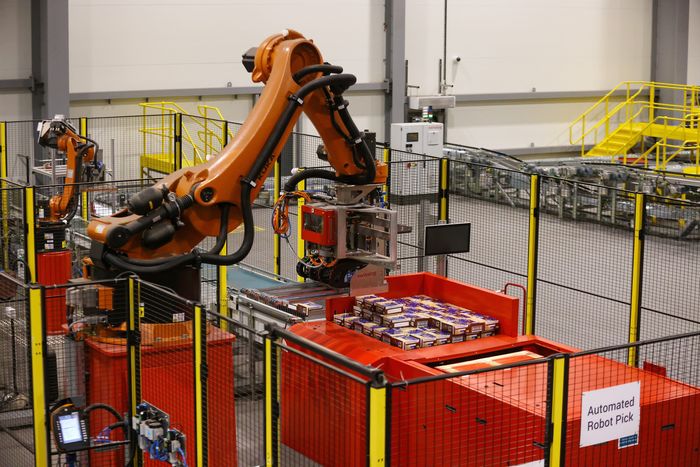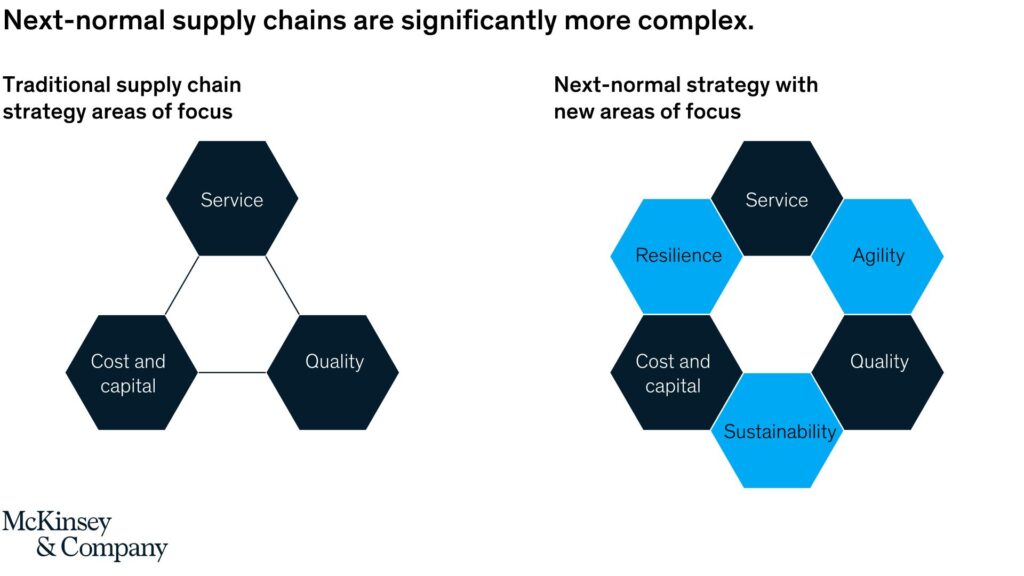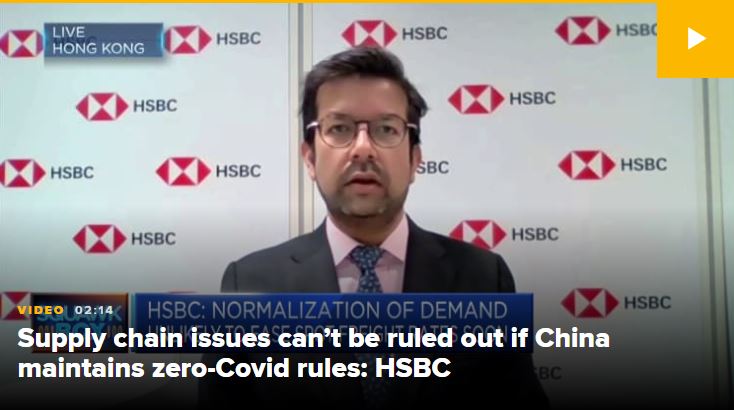The Chinese New Year, also known as the Lunar New Year or Spring Festival, is one of the most important holiday periods in China. For shippers and businesses, it presents specific logistical challenges. Production slows down, operations are limited, schedules get disrupted, and transportation gets delayed, thus leading to significant supply chain disruptions.
When is the Chinese New Year 2024?
One of the most important traditional Chinese holidays, the Chinese New Year or Lunar New Year, is celebrated in several East Asian countries, including China, Vietnam, Singapore, Malaysia, Philippines, Indonesia, and North & South Korea. The dates vary each year because it follows the lunar calendar. Usually, the new year falls between January 21 and February 20. The celebrations last for 15 days, culminating with the Lantern Festival.
Note that preparations for Chinese New Year start three weeks in advance – with factories slowing down, shutting operations, and workers traveling back to their hometowns to celebrate the new year with their families.
In 2024, the Chinese New Year will commence on February 9 (Friday). The main festival will fall on February 10 (Saturday). The festivities will conclude with the Lantern Festival on February 24 (Saturday).
What is the impact of Chinese New Year 2024 on my shipping business
As a primary trade centre, especially for ocean freight shipping, slowdowns in China affect the global supply chain. During the Chinese New Year celebrations, almost all factories and manufacturers in China halt their processes, ports limit their operations, and workers are unavailable – thus disrupting the entire supply chain and logistical operations. This means:
- Factory closures lead to disrupted supply
- Decreased workforce and halted operations
- Increased shipping demand before the holiday week
- Peak season means high congestion at ports
- Higher shipping costs and processing time
- Shortage of containers and vessels for exports
How you can prepare your supply chain for Chinese New Year 2024 closures
Preparing and planning is the key to managing your logistics and supply chain operations to minimise the effect of the Chinese New Year on your business. Following a proactive approach becomes essential. Here’s how you can prepare your business during peak seasons while keeping your supply chain agile:
- Evaluate your logistics partners for reliability and resources
- Plan ahead and communicate your needs clearly
- Pre-book containers or vessel space
- Leverage data for effective inventory management
- Opt for smaller, multiple shipments instead of a full container load
Tips to prevent shipping delays during Lunar New Year 2024
In preparation for CNY, delays in shipping are a major concern. But, with the right strategies, you can minimise disruptions and ensure a smooth flow of goods. Here are a few tips to maintain a reliable and efficient supply chain during the Chinese New Year 2024:
- Consider shipping through various types of containers
- Diversify your modes of shipping
- Choose ports with lower congestion and faster TATs
- Manage your employees’ holiday schedules
- Maintain a contingency Chinese New Year shipping budget
Read more at Chinese New Year 2024: How to maximise supply chain and logistics efficiency
Leave your comments below or send us a message for discussions.











